When it comes to luxury cars, expectations run high. A prestigious badge promises more than just performance—it suggests craftsmanship, innovation, comfort, and status. Yet, not every model bearing a luxury emblem delivers on that promise. Whether due to underwhelming design, reliability issues, or a mismatch between price and quality, some vehicles fall short of the standards set by their marque. In this article, we take a closer look at luxury cars that failed to live up to their nameplates—models that, despite their premium branding, left drivers and critics underwhelmed.
Aston Martin Cygnet
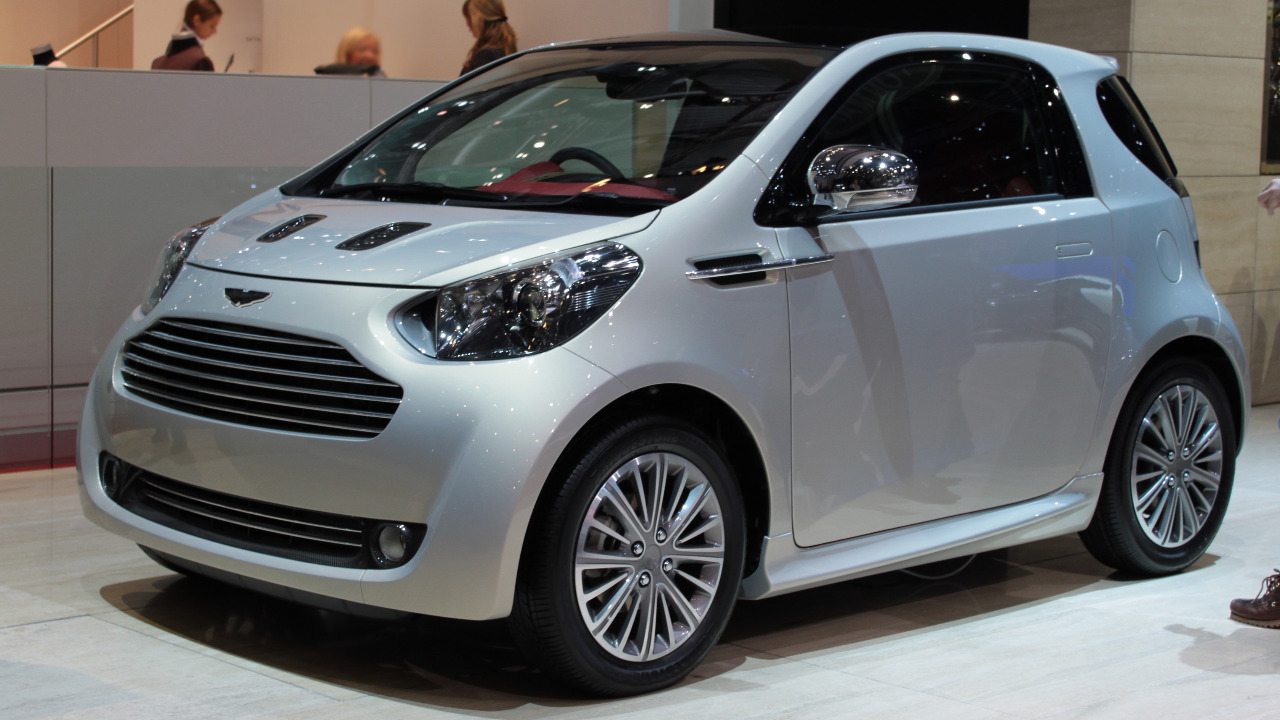
The Aston Martin Cygnet was an odd entry in the luxury market, introduced in 2011 as a city car based on the Toyota iQ. Aston Martin aimed to offer an eco-friendly option for its existing customers but ended up delivering a product that felt out of place among its high-performance lineup. Despite its premium interior, the Cygnet’s modest 1.3-liter engine and limited performance did not resonate with luxury car enthusiasts.
By 2013, the Cygnet’s production ceased, marking an end to Aston Martin’s short-lived experiment. The Cygnet’s lack of power and high price tag were significant deterrents, making it a less desirable option for those seeking the brand’s traditional sports car experience.
Maserati Ghibli

The Maserati Ghibli, launched in 2013, was intended to bring Italian flair and luxury to the executive sedan market. However, the Ghibli struggled with reliability issues and a somewhat underwhelming interior when compared to competitors like the Mercedes-Benz E-Class or BMW 5 Series. Its performance, while satisfactory, did not stand out in a segment known for high standards.
Critics often pointed out the Ghibli’s lack of refinement, particularly in its ride quality and interior materials. While it carried the Maserati badge, the Ghibli did not fully encapsulate the luxury and exclusivity the brand is known for, leaving some enthusiasts disappointed.
Cadillac ELR
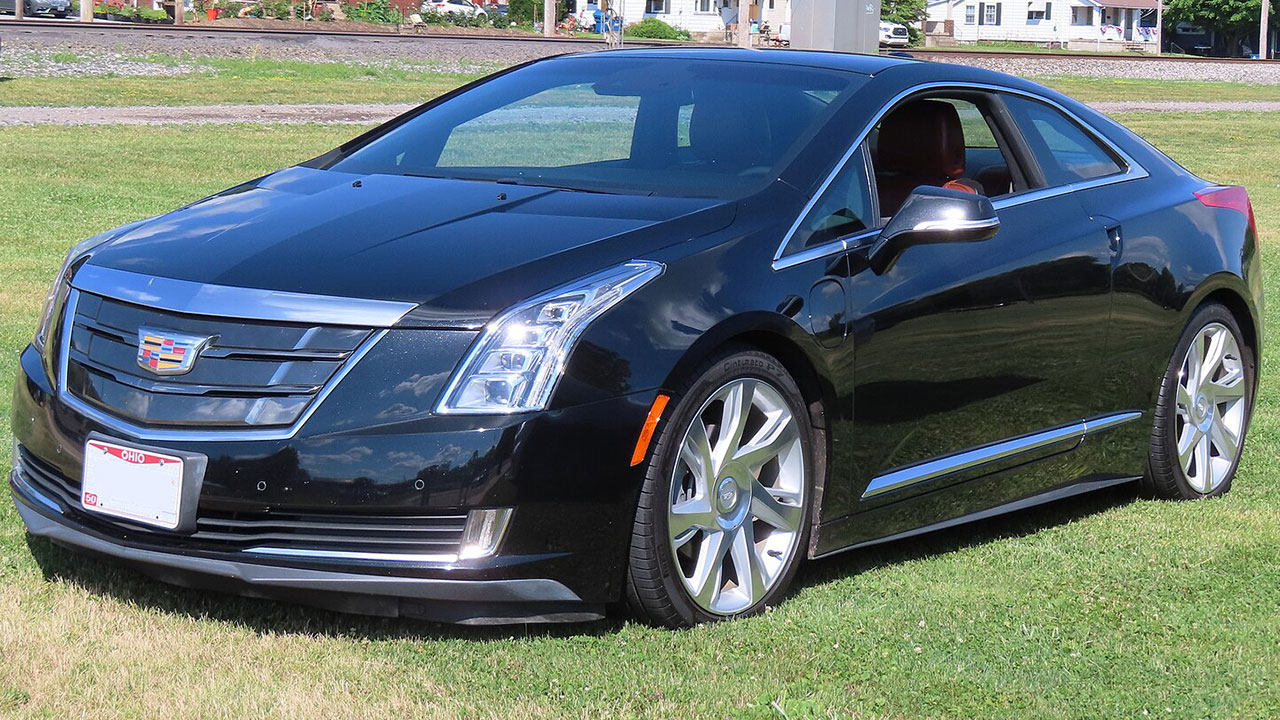
The Cadillac ELR, introduced in 2014, was Cadillac’s attempt to break into the luxury hybrid market. Based on the Chevrolet Volt, the ELR featured a sleek design but suffered from a high price tag that was hard to justify given its average performance. The ELR’s electric range was also limited, which did not appeal to eco-conscious luxury buyers.
Though it featured a luxurious interior and cutting-edge technology, the ELR failed to deliver the driving dynamics expected from a Cadillac. Its production ended in 2016, leaving a mark as a cautionary tale in pricing strategy.
Jaguar X-Type

The Jaguar X-Type, produced from 2001 to 2009, was Jaguar’s venture into the compact executive car market. Built on a platform shared with the Ford Mondeo, the X-Type was criticized for lacking the sophistication and performance typically associated with Jaguar. Its styling did not resonate with traditional Jaguar enthusiasts, and its reliability was often questioned.
Despite its all-wheel-drive offering and attempts to capture new market segments, the X-Type struggled to compete with rivals like the BMW 3 Series and Audi A4. Its departure from the lineup marked a learning moment for Jaguar’s brand positioning.
Bentley Bentayga Diesel
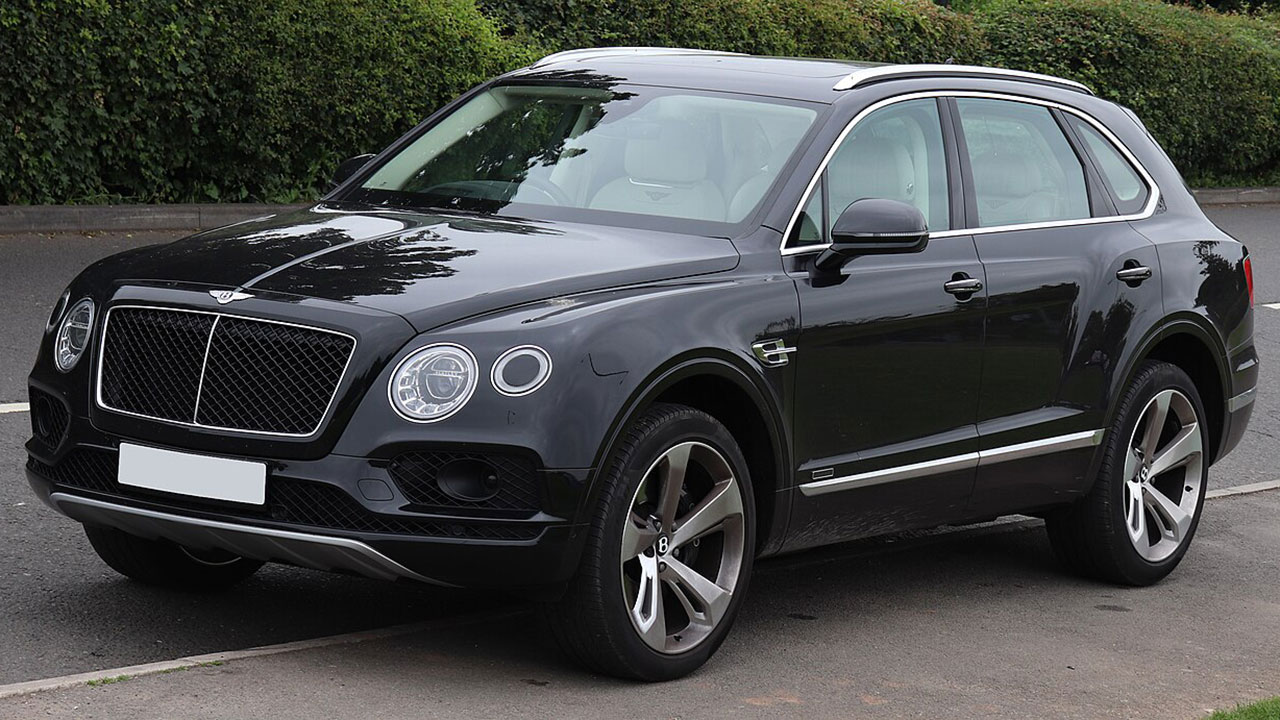
The Bentley Bentayga Diesel, introduced in 2017, was Bentley’s first diesel model, aiming to combine luxury with efficiency. While the Bentayga offered the opulence expected of a Bentley, the diesel variant did not sit well with purists who preferred the brand’s traditional petrol engines.
The diesel version was eventually removed from the lineup in 2018, mainly due to regulatory challenges and a shift in customer preferences. Despite its power and torque, the Bentayga Diesel struggled to align with the brand’s image of performance luxury.
Mercedes-Benz CLA-Class
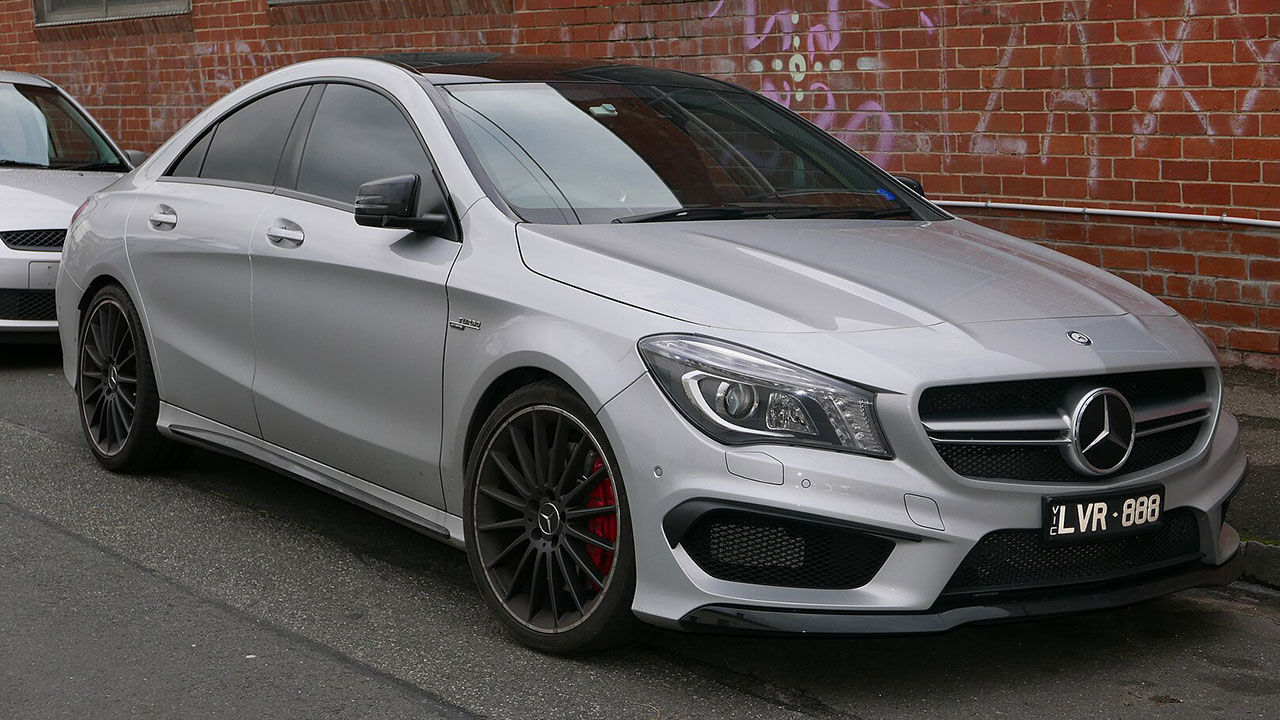
The Mercedes-Benz CLA-Class, launched in 2013, was marketed as a stylish and affordable entry point into the brand. However, it faced criticism for its cramped interior and underwhelming ride quality. The front-wheel-drive platform was a departure from Mercedes’ usual rear-wheel-drive offerings, which disappointed some enthusiasts.
While the CLA-Class found success in sales, the model’s execution left purists wanting more in terms of the brand’s traditional luxury and refinement. The CLA’s aesthetics couldn’t fully compensate for its shortcomings in driving dynamics and interior comfort.
Alfa Romeo 4C

The Alfa Romeo 4C, introduced in 2013, was a lightweight sports car designed to bring excitement back to the brand. However, its minimalistic approach to luxury, combined with a lack of everyday usability, left some buyers feeling shortchanged. The car’s stiff suspension and sparse interior weren’t conducive to comfortable daily driving.
Despite its stunning looks and impressive handling, the 4C did not deliver the balance of luxury and sportiness that Alfa Romeo hoped to achieve. The model was eventually discontinued in 2020, leaving behind a mixed legacy.
Lexus HS 250h
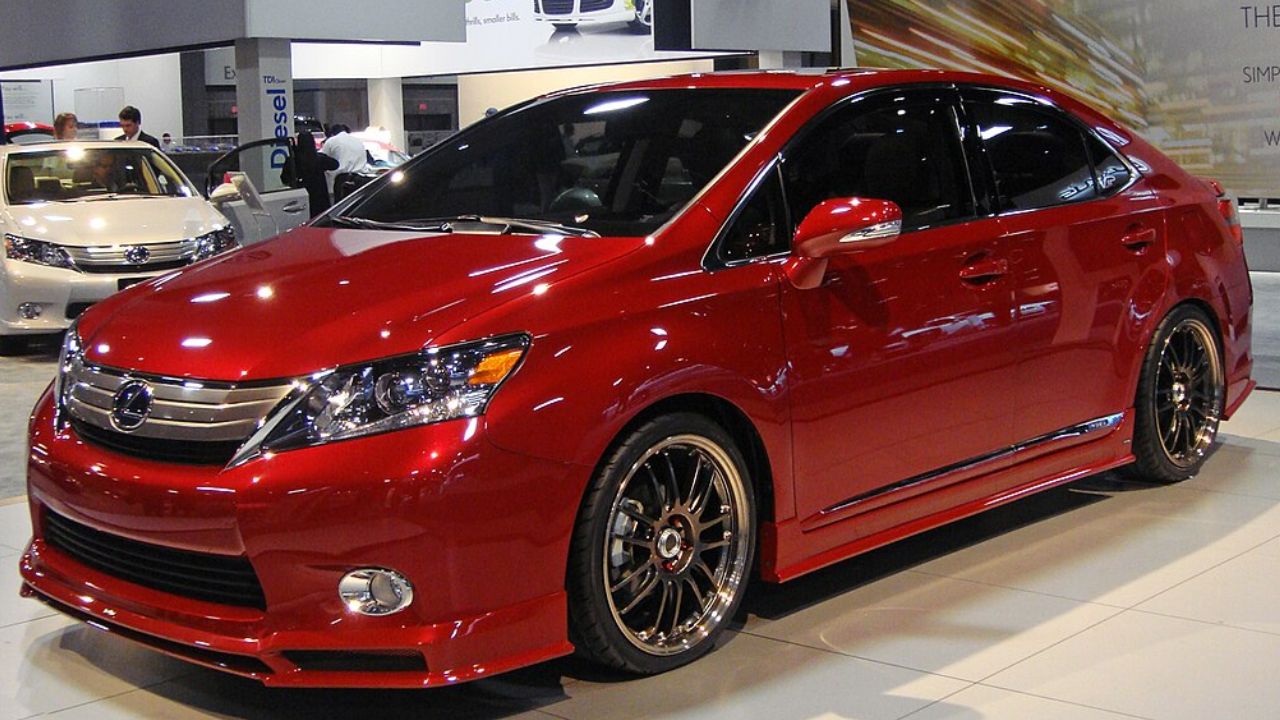
The Lexus HS 250h, launched in 2009, was Lexus’s attempt at a dedicated hybrid luxury sedan. Unfortunately, the HS 250h struggled to find its niche, offering a design and performance that didn’t stand out in the crowded hybrid market. Its fuel economy, while respectable, didn’t outshine the more affordable Toyota Prius.
With a lack of compelling features to differentiate itself, the HS 250h was discontinued in 2012. The model’s inability to capture the essence of Lexus luxury and innovation made it a less memorable part of the brand’s lineup.
BMW 2 Series Active Tourer
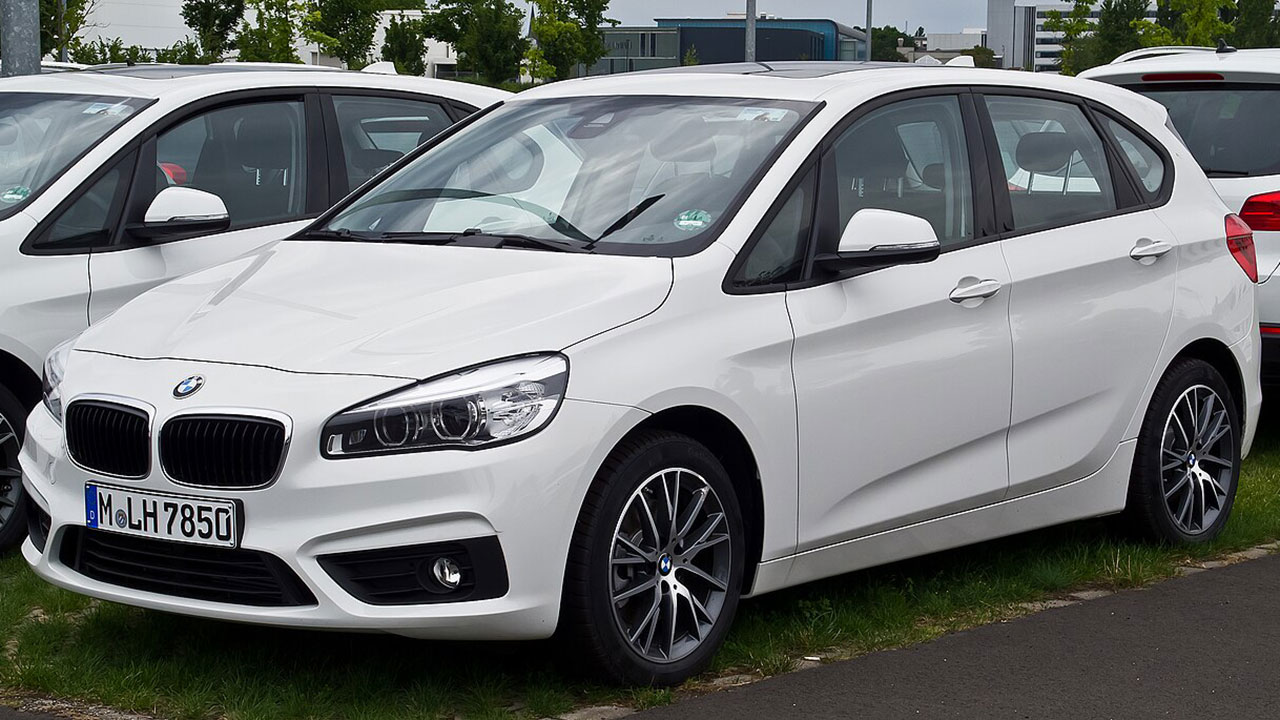
The BMW 2 Series Active Tourer, introduced in 2014, marked BMW’s first foray into front-wheel-drive territory. While it was practical and aimed at a family-oriented audience, it received mixed reviews for its lack of the driving dynamics BMW is renowned for. The Active Tourer’s styling and performance did not quite match the brand’s sporty image.
Though it offered versatility and space, the 2 Series Active Tourer struggled to appeal to traditional BMW enthusiasts. Its departure from the iconic rear-wheel-drive formula left some purists longing for the brand’s signature driving experience.
Lincoln Blackwood
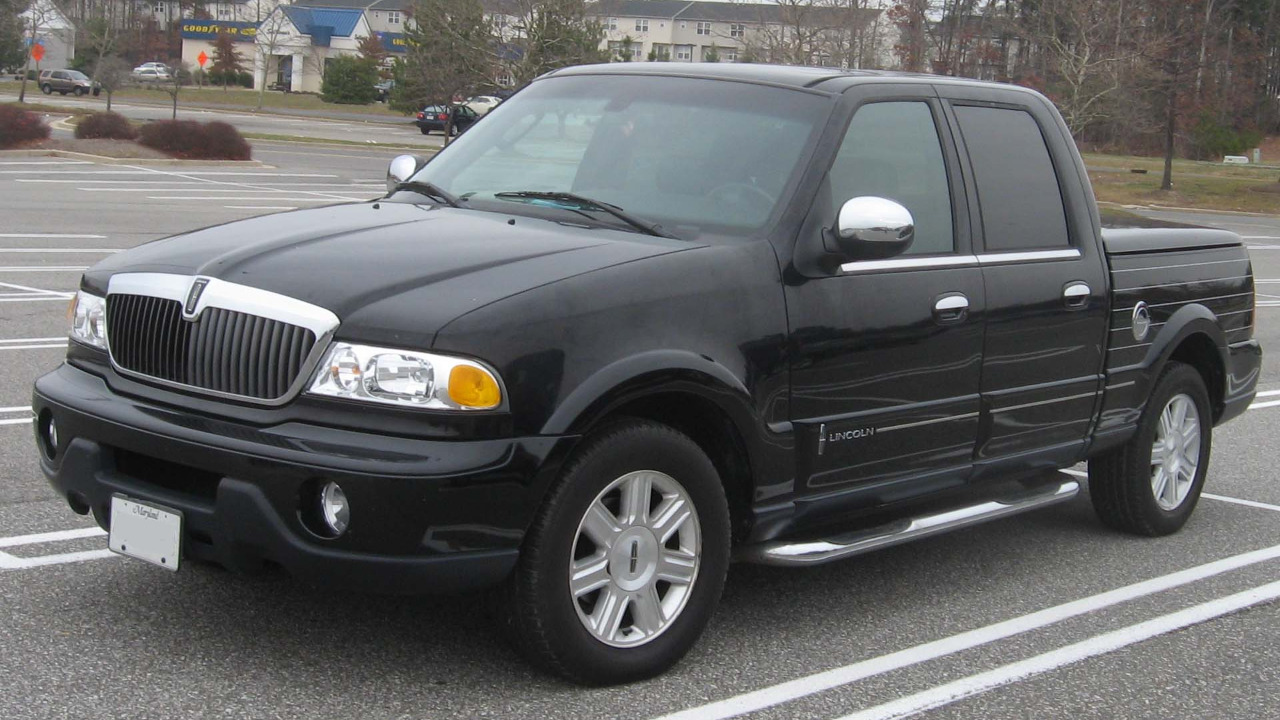
The Lincoln Blackwood, produced for the 2002 model year, was Lincoln’s first attempt at a luxury pickup truck. Despite its luxurious interior and unique styling, the Blackwood’s lack of utility compared to traditional pickups was a major downfall. Its fixed, carpeted bed made it impractical for typical truck use.
The Blackwood was discontinued after just one year of production due to poor sales. Its inability to blend luxury with practicality effectively highlighted the challenges of diversifying into new vehicle segments.
Like Fast Lane Only’s content? Be sure to follow us.
Here’s more from us:
*Created with AI assistance and editor review.

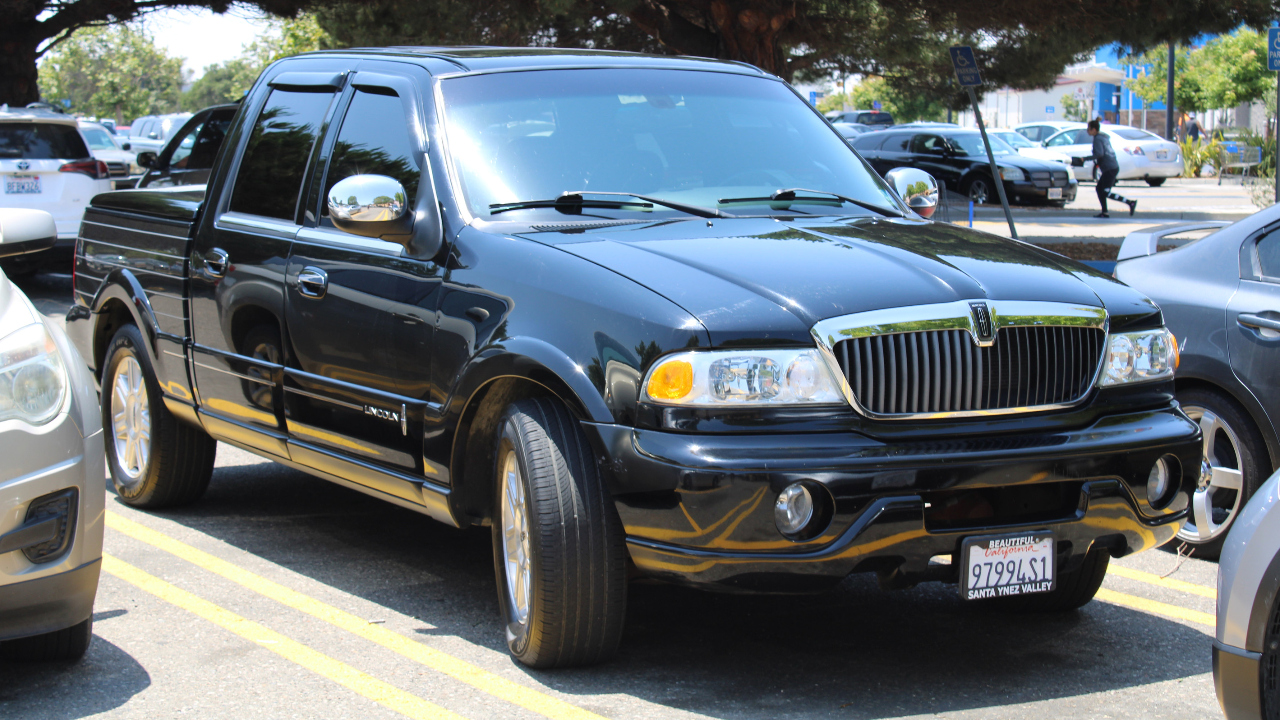
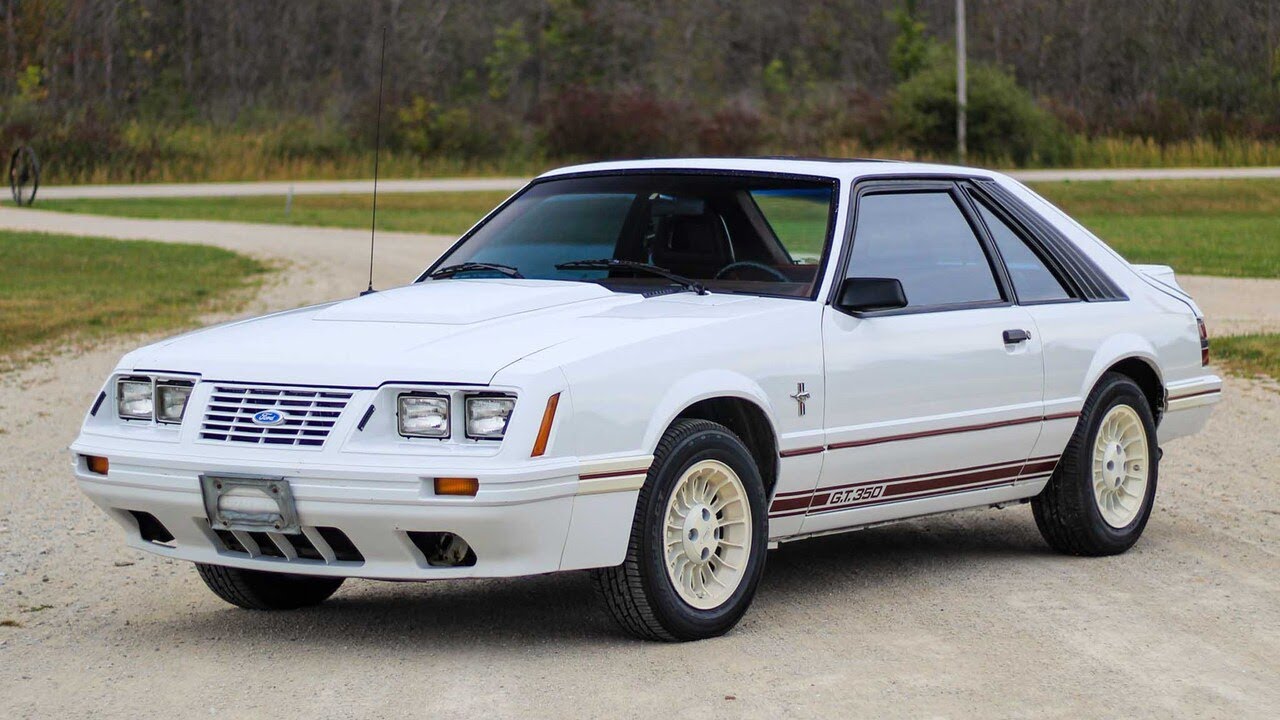

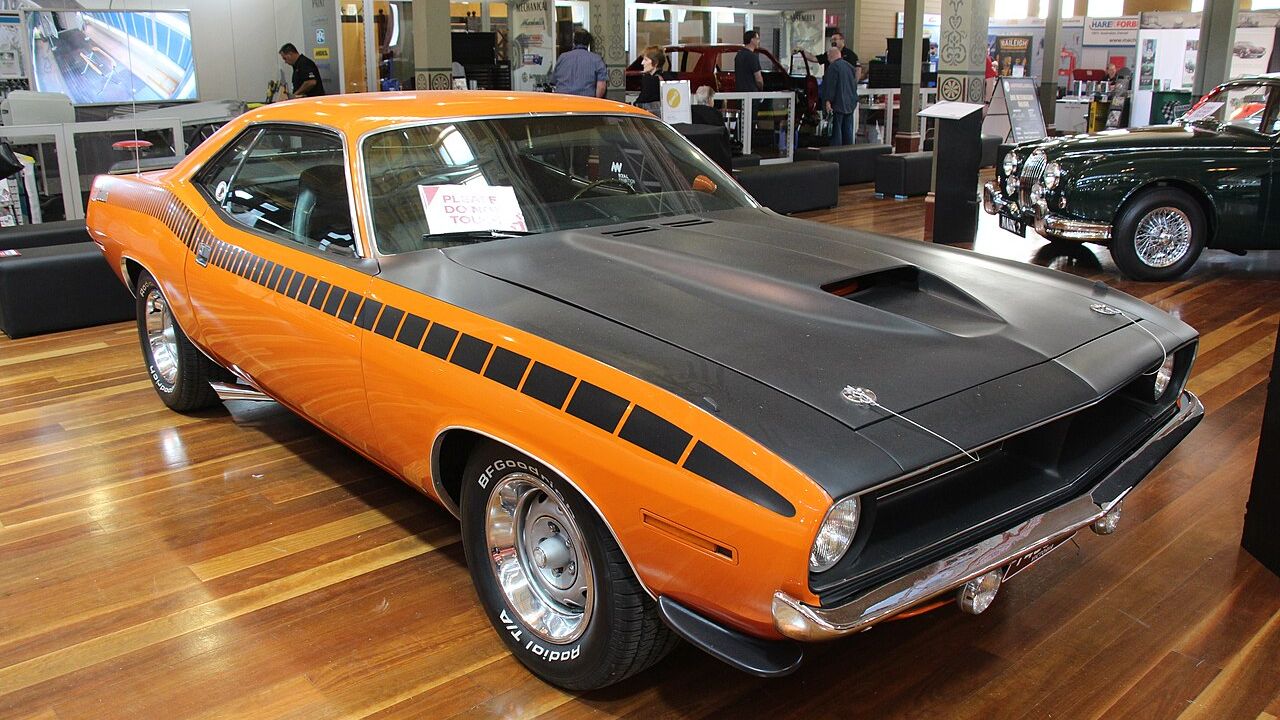
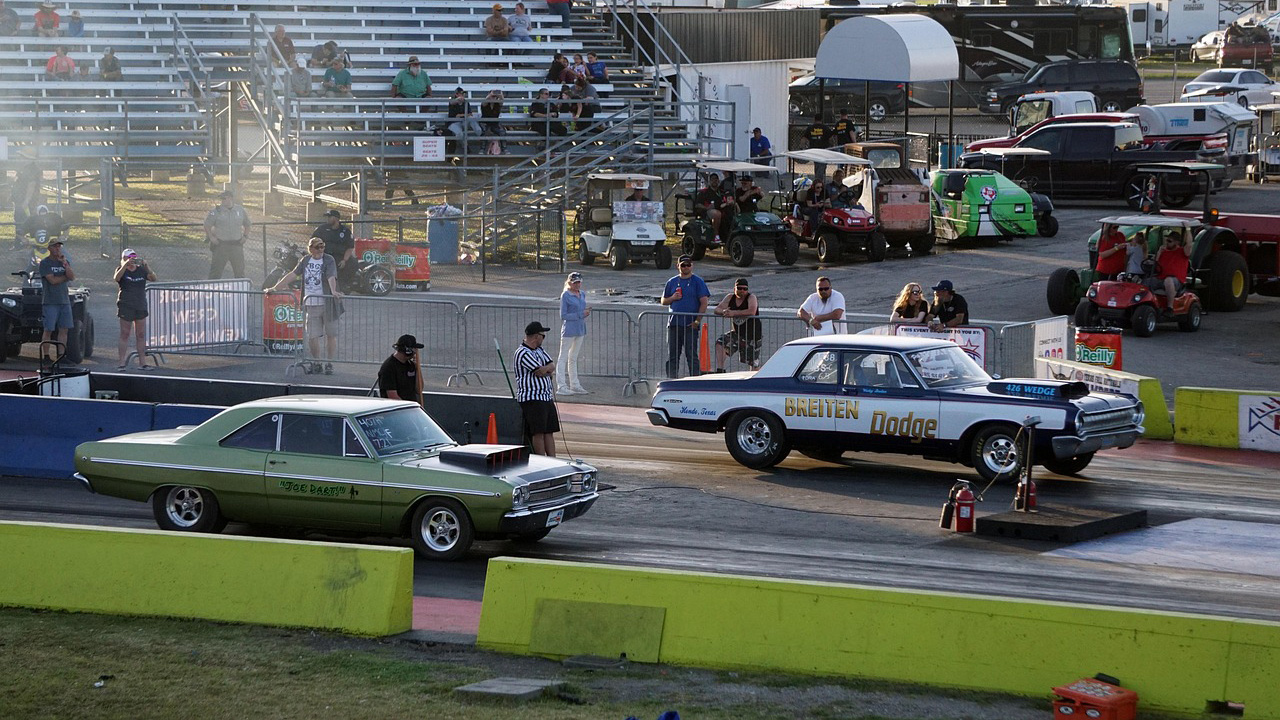
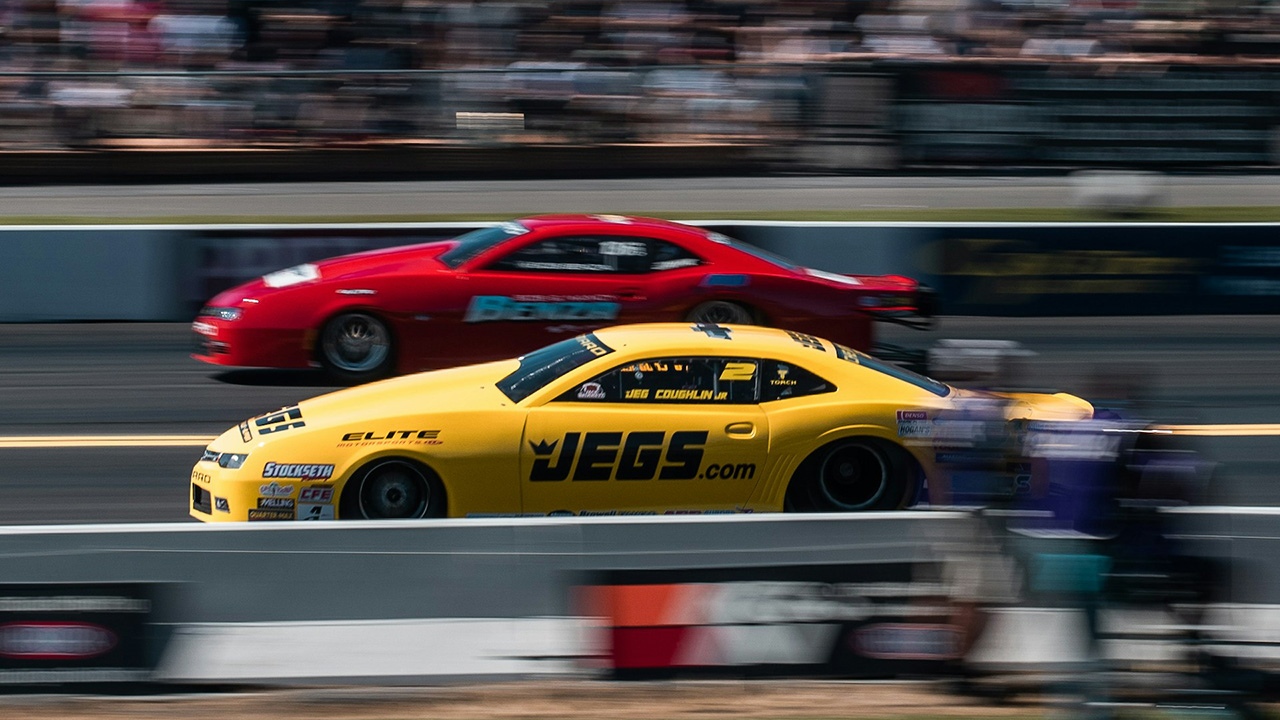
Leave a Reply